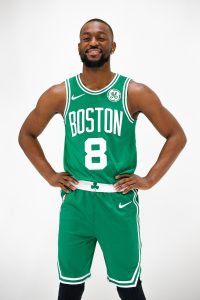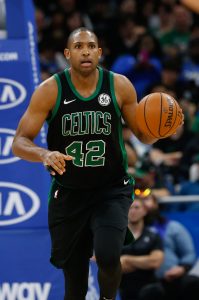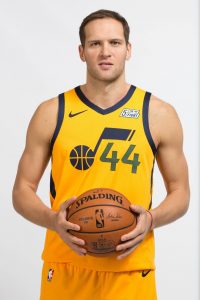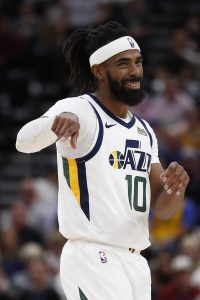Hoops Rumors is breaking down the 2021 offseason for all 30 NBA teams, revisiting the summer’s free agent signings, trades, draft picks, departures, and more. We’ll evaluate each team’s offseason moves, examine what still needs to be done before opening night, and look ahead to what the 2021/22 season holds for all 30 franchises. Today, we’re focusing on the Atlanta Hawks.
Free agent signings:
Note: Exhibit 10 deals aren’t included here.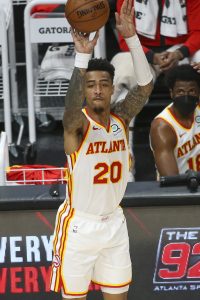
- John Collins: Five years, $125MM. Fifth-year player option. Re-signed as restricted free agent using Bird rights.
- Lou Williams: One year, $5MM. Re-signed using Bird rights.
- Gorgui Dieng: One year, $4MM. Signed using mid-level exception.
- Solomon Hill: One year, minimum salary. Re-signed using minimum salary exception.
- Skylar Mays: Two-way contract. Accepted two-way qualifying offer as restricted free agent.
Trades:
- Acquired Delon Wright from the Kings in a three-team trade in exchange for Kris Dunn, Bruno Fernando, and the Trail Blazers’ 2023 second-round pick (all sent to Celtics).
Draft picks:
- 1-20: Jalen Johnson
- Signed to rookie scale contract (four years, $12,888,585).
- 2-48: Sharife Cooper
- Signed to two-way contract.
Contract extensions:
- Trae Young: Five years, maximum salary. Projected value of $172,500,000. Projected value can increase to $207,060,000 if Young earns All-NBA honors in 2022. Includes fifth-year player option and 15% trade kicker. Starts in 2022/23.
- Clint Capela: Two years, $42,881,280 (base value). Includes $4MM in incentives. Starts in 2023/24.
Departing players:
Other offseason news:
- Retained Nate McMillan as their permanent head coach.
- Onyeka Okongwu underwent shoulder surgery and will miss the start of the 2021/22 season.
- Added Joe Prunty, Jamelle McMillan, and Nick Van Exel to coaching staff; Melvin Hunt and Marlon Garnett departed coaching staff.
Salary cap situation:
- Remained over the cap and below the tax line.
- Carrying approximately $133.1MM in salary.
- $5,536,000 of non-taxpayer mid-level exception still available ($4MM used on Gorgui Dieng).
- Full bi-annual exception ($3,732,000) still available.
- One traded player exception ($1,782,621) available.
Lingering preseason issues:
- The Hawks have 14 players on guaranteed contracts, so they could still add a 15th man.
- Kevin Huerter is eligible for a rookie scale contract extension until October 18.
- Delon Wright is eligible for a veteran contract extension all season (extend-and-trade limitations are in place until December).
The Hawks’ offseason:
A year ago, the Hawks’ offseason priority was using their significant cap room to add veteran players capable of complementing the team’s young core. Not all of those signings were successful (Kris Dunn and Rajon Rondo didn’t last long in Atlanta), but the approach paid off as a whole, as the team made a surprise run to the Eastern Conference Finals.
This time around, the Hawks’ offseason focus wasn’t on continuing to add outside talent to the roster, but rather on retaining the franchise’s most important pieces for the long term.
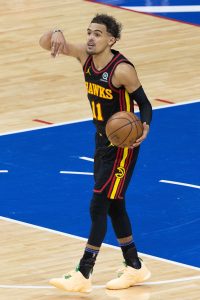 First and foremost, this meant locking up leading scorer Trae Young to a rookie scale extension. The Hawks offered Young a five-year, maximum-salary deal as soon as they were allowed to do so, and now have the former No. 5 overall pick under team control through at least 2026.
First and foremost, this meant locking up leading scorer Trae Young to a rookie scale extension. The Hawks offered Young a five-year, maximum-salary deal as soon as they were allowed to do so, and now have the former No. 5 overall pick under team control through at least 2026.
Shortly after reaching a deal with Young, Atlanta agreed to terms with John Collins on a five-year deal. That negotiation was trickier — Young was still a year away from free agency, but Collins became a restricted free agent this summer, meaning he could’ve sought an offer sheet from a rival suitor. And while the negotiations with Young essentially amounted to handing over a blank check, the Collins talks revolved around finding a number below the maximum that satisfied both sides.
That number ended up being $25MM per year, which looks like a fair price for a versatile frontcourt player who is a force on offense and still has room to grow on defense. The Hawks left those negotiations happy that they locked in Collins for less than the max, while the fifth-year player option in his new contract will allow the big man to hit the open market again at age 27, when he could be in line for an even bigger payday.
Having secured Young and Collins to long-term deals near the start of free agency, the Hawks waited a few weeks before working out an extension with big man Clint Capela as well. Teams around the NBA aren’t investing in the center position like they used to, but some players are still worthy of big-money commitments, and Capela showed in 2020/21 that he fits that bill — he anchored Atlanta’s defense and finished sixth in Defensive Player of the Year voting.
Tacking on two more years to the two left on Capela’s current contract was a good bit of business for the Hawks, who now have the center on the books for about $83.7MM over the next four years (various incentives could slightly shift that total in one direction or the other).
The Hawks’ final key retention wasn’t a player at all — it was head coach Nate McMillan. The team’s trajectory changed significantly midway through the 2020/21 season when McMillan replaced Lloyd Pierce on the sidelines. The veteran coach led Atlanta to a 27-11 record the rest of the way and won two playoff series, showing that his lack of postseason success in four years in Indiana didn’t mean he couldn’t win in the playoffs.
There was never any doubt that the Hawks would offer McMillan the permanent job at season’s end — luckily for the franchise, he accepted that offer rather than exploring the open market, where he surely would’ve received plenty of interest from a few of the seven teams seeking new coaches.
While re-signing and extending their in-house talent was the primary focus of the Hawks’ offseason, their work around the edges of the roster shouldn’t be overlooked. Atlanta is hoping Delon Wright can give the team the kind of backcourt production that Rondo and Dunn didn’t — Wright is a versatile defender who is capable of getting to the basket and taking some ball-handling pressure off of Young.
The free agent addition of Gorgui Dieng was another solid move by president of basketball operations Travis Schlenk and his front office. Dieng wasn’t a great value on his previous contract (four years, $63MM), but at one year and $4MM, he should provide a solid return on investment — especially with Onyeka Okongwu expected to miss the start of the season while he recovers from shoulder surgery.
The Hawks’ upcoming season:
Expecting the Hawks to return to the Eastern Conference Finals may be overly optimistic. Milwaukee and Brooklyn are probably the two best teams in the East, while Miami, Boston, Indiana, New York, and others will be looking to claim places in the upper tier.
Still, even if the Hawks don’t make another deep playoff run in 2022, we shouldn’t necessarily count on a significant amount of regression. Atlanta was successful in 2020/21 despite missing key players like De’Andre Hunter and Cam Reddish for virtually all of the second half of the season, and Bogdan Bogdanovic for a big chunk of the first half. Young and Collins have room to continue improving, and this will be the team’s first full season under McMillan.
I think the Hawks are still one move away from legitimate title contention, but this is a deep, talented team capable of competing for a top-four seed in the East and making some noise in the postseason again.
Salary information from Basketball Insiders and Spotrac was used in the creation of this post.
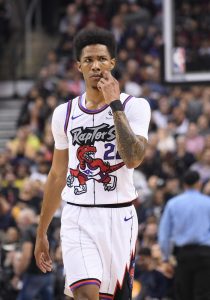
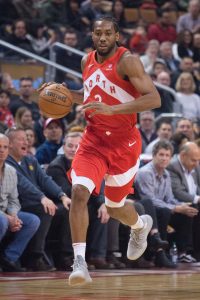 There will be no way for the Raptors to adequately replace Leonard, a two-way superstar who ranked sixth in the NBA in scoring and earned All-Defensive honors during the regular season before taking his game to another level in the playoffs.
There will be no way for the Raptors to adequately replace Leonard, a two-way superstar who ranked sixth in the NBA in scoring and earned All-Defensive honors during the regular season before taking his game to another level in the playoffs.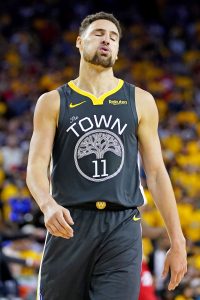
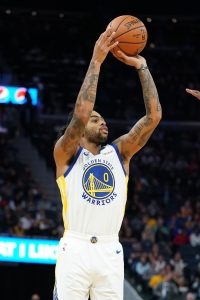 As noted above, the Warriors’ decision to work out a sign-and-trade with the Nets that allowed them to sign Russell to a maximum-salary deal essentially set the rest of their offseason moves in motion, subsequently limiting their cap flexibility and their ability to add depth. Was Russell worth it? The Warriors think so, rightly pointing out that the opportunity to land a 23-year-old All-Star doesn’t come along often for an over-the-cap team.
As noted above, the Warriors’ decision to work out a sign-and-trade with the Nets that allowed them to sign Russell to a maximum-salary deal essentially set the rest of their offseason moves in motion, subsequently limiting their cap flexibility and their ability to add depth. Was Russell worth it? The Warriors think so, rightly pointing out that the opportunity to land a 23-year-old All-Star doesn’t come along often for an over-the-cap team.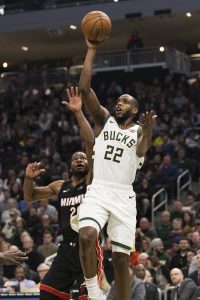
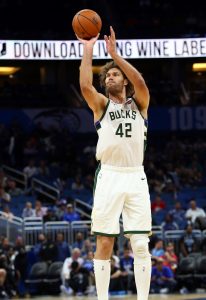 With Mirotic and Gasol on the way out, the Bucks replenished their frontcourt depth by signing
With Mirotic and Gasol on the way out, the Bucks replenished their frontcourt depth by signing 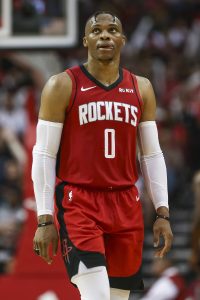
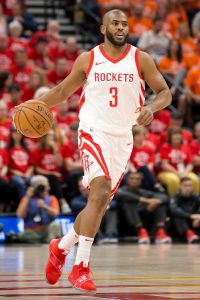
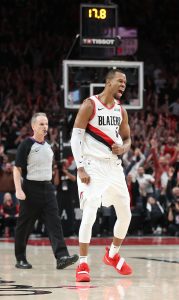
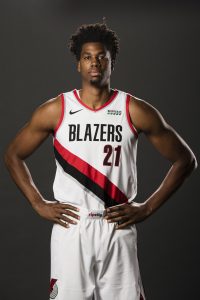 Whiteside was an interesting addition for the Blazers, who view the big man as the sort of rebounder and rim protector who will help stabilize the frontcourt until Nurkic returns.
Whiteside was an interesting addition for the Blazers, who view the big man as the sort of rebounder and rim protector who will help stabilize the frontcourt until Nurkic returns.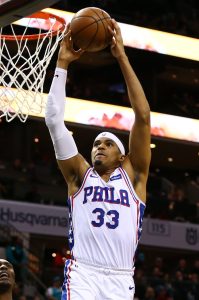
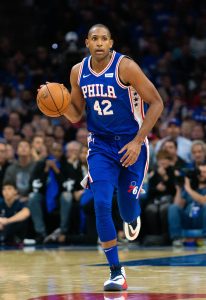 The Sixers’ signing of Horford made sense for both the team and the player. For Horford, joining the 76ers represented a chance to contend for a title, maximize his earnings, and see more time at power forward, his preferred position. For Philadelphia, it meant securing an insurance policy for Embiid.
The Sixers’ signing of Horford made sense for both the team and the player. For Horford, joining the 76ers represented a chance to contend for a title, maximize his earnings, and see more time at power forward, his preferred position. For Philadelphia, it meant securing an insurance policy for Embiid.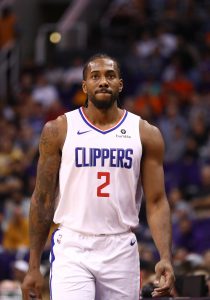
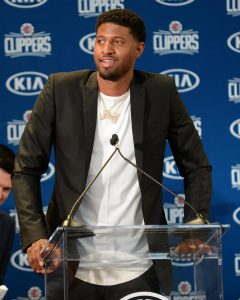 George had been a five-time All-Star prior to 2018/19, but his sixth All-Star season was probably his best yet. He finished third in MVP voting after averaging a career-high 28.0 PPG to go along with 8.2 RPG, 4.1 APG, and a league-leading 2.2 SPG. As
George had been a five-time All-Star prior to 2018/19, but his sixth All-Star season was probably his best yet. He finished third in MVP voting after averaging a career-high 28.0 PPG to go along with 8.2 RPG, 4.1 APG, and a league-leading 2.2 SPG. As 